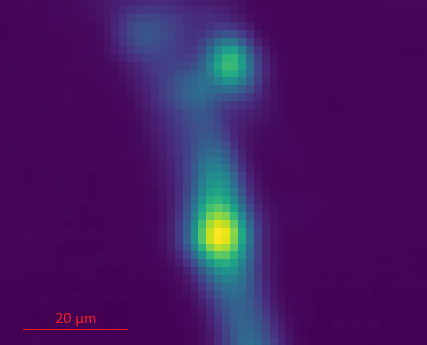Transition metal dichalcogenides (TMDs) are part of the new generation of two-dimensional semiconductior systems and provide unique optical properties: Based on the reduced dielectric screening in the low-dimensional system and the high effective mass, the general optical proper- ties are determined by Wannier-Mott excitons with high binding energies of hundreds of meV. Unlike graphen TMD monolayers exhibit direct bandgaps on the inequivalent K and K' point. Furthermore the strong spin-orbit interaction in TMDs induces a substantial splitting of the valence and conduction bands and thereby valley dependent optical selection rules. Under consideration of the additional degree of freedom, the so called "valley degree of freedom",
TMD monolayers are promising candidates for future applications in the fields of "spin-" and "valleytronics".






We produce in cooperation with the renowned LPCNO Toulouse high quality TMD samples, which are characterized with standard methods such as photoluminescence and reflectivity measurements. The weakly invasive technique of valley and spin noise spectroscopy is used to reveal the, for later applications essential, spin and valley dynamics. Due to major improvements in the fabrication of TMD monolayers various fields of research arise in the long term. Among these are the study of structured TMD monolayers as well as the investigation of heterostructures containing multiple TMD monolayers.
Person of contact


30167 Hannover


